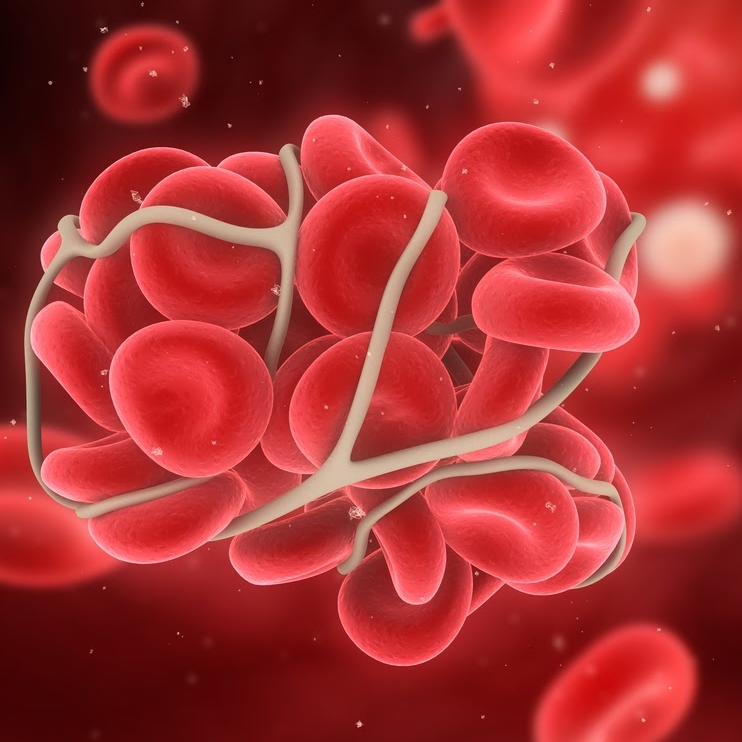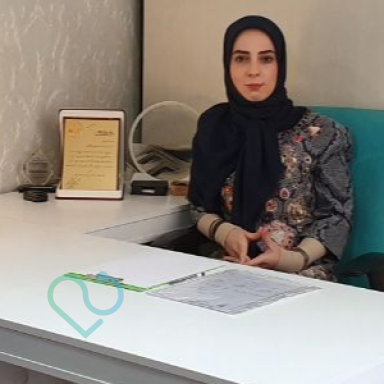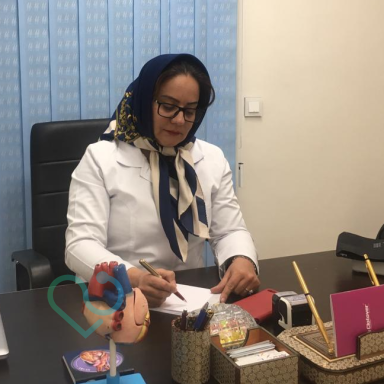A blood clot is a clump of blood that has changed from a liquid to a gel-like or semi-solid state. Clotting (Blood Clotting) is a necessary process that helps prevent excessive blood loss in cases of injuries or cuts. However, when a clot forms within a blood vessel, it may not dissolve on its own and can become a very dangerous condition.
A stationary blood clot generally does not harm the body, but if the clot moves through the bloodstream, it can partially or completely block blood flow. Blockage in an artery can prevent oxygen from reaching the tissues in that area, leading to tissue damage or death if not treated promptly.
Types of Blood Clots
The circulatory system consists of veins and arteries that transport blood throughout the body. Blood clots can form in either veins or arteries. When a clot forms in an artery (responsible for carrying blood from the heart to the body), it is called an arterial clot. Symptoms of this type of clot appear immediately and require urgent treatment. Symptoms of an arterial clot include severe pain, paralysis in parts of the body, or both, and it can lead to a heart attack or stroke.
A blood clot that forms in a vein (responsible for carrying blood from the body back to the heart) is called a venous clot. These clots form more slowly but are still life-threatening.
Deep Vein Thrombosis (DVT)
Deep vein thrombosis (DVT) occurs when a clot forms in one of the major veins deep within the body. This typically happens in the veins of the legs but can also occur in the arms, pelvis, lungs, or even the brain.
There is no way to detect the presence of a blood clot in the body without medical assistance. A blood clot may exist without obvious symptoms. Therefore, it’s important to recognize the warning signs of a blood clot in areas like the legs, arms, heart, abdomen, brain, and lungs.
Blood Clots in the Legs or Arms
A blood clot in the legs or arms can cause symptoms such as swelling, pain, numbness, warmth, and discoloration (redness).
The severity of symptoms depends on the size of the clot. Some people may not have symptoms at all or may experience only slight swelling without pain. However, if the clot is large, significant swelling and pain in the affected leg may occur. Blood clots rarely form in both legs or both arms simultaneously.
Blood Clots in the Heart (Heart Attack)
A blood clot in the heart can cause a heart attack. While rare, it is not impossible. Symptoms include chest pain or a feeling of heaviness, dizziness, and shortness of breath.
Blood Clots in the Abdomen
Severe abdominal pain and swelling may indicate a blood clot in the abdomen. These symptoms can resemble those of a stomach virus or food poisoning and require evaluation by a specialist.
Blood Clots in the Brain (Stroke)
A blood clot in the brain, also known as a stroke, is often accompanied by a sudden and severe headache, along with difficulty speaking or seeing.
Blood Clots in the Lungs (Pulmonary Embolism)
A blood clot that reaches the lungs is called a pulmonary embolism. Symptoms include:
- Sudden shortness of breath not caused by physical activity
- Chest pain
- Palpitations or rapid heartbeat
- Breathing difficulties
- Coughing up blood
Risk Factors for Blood Clots
Certain risk factors increase the likelihood of developing a blood clot. Prolonged hospitalization or major surgeries can elevate this risk. Additional factors include:
- Age, particularly over 65 years
- Long travel durations where one sits for more than four hours
- Extended bed rest or immobility
- Obesity
- Pregnancy
- A family history of blood clots
- Smoking
- Cancer
- Use of birth control pills or estrogen hormones (especially in smokers)
- Liver or kidney disease
- Certain genetic disorders
- Diabetes
When to See a Doctor?
Diagnosing a blood clot based solely on symptoms can be very challenging, and nearly 50% of individuals with DVT do not show symptoms. Therefore, it is essential to see a doctor if you experience sudden shortness of breath, chest pressure, difficulty breathing, or trouble speaking and seeing.












Our Customers' Comments
No comments registered